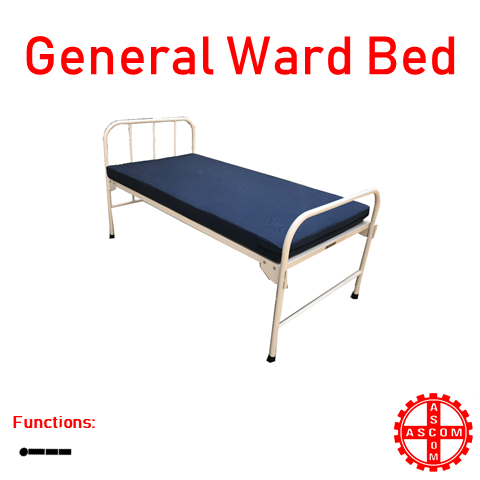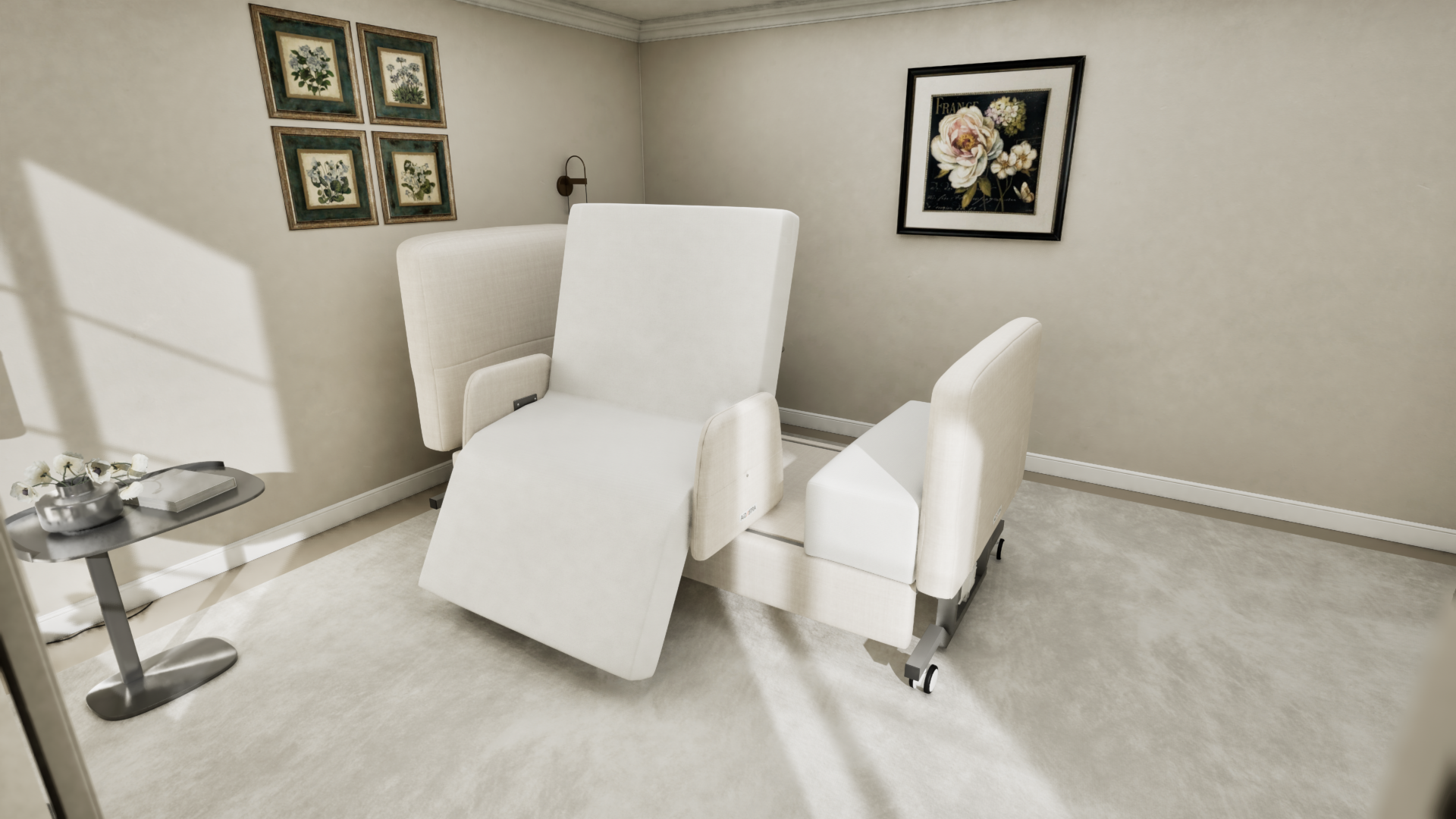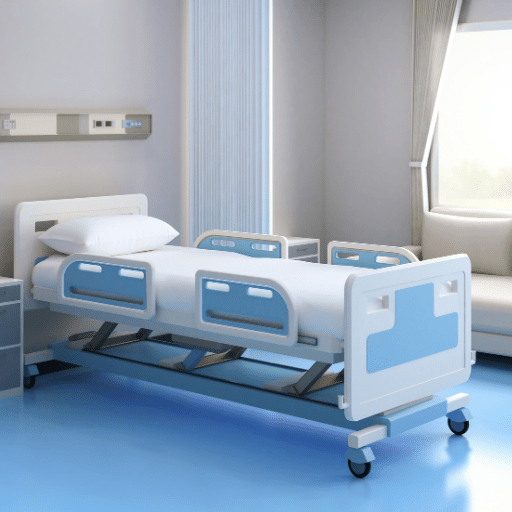The smart Trick of Hospital Beds For Home Use That Nobody is Discussing
The smart Trick of Hospital Beds For Home Use That Nobody is Discussing
Blog Article
The Best Guide To Hospital Beds For Home Use
Table of ContentsThings about Hospital Beds For Home UseThings about Hospital Beds For Home UseLittle Known Questions About Hospital Beds For Home Use.How Hospital Beds For Home Use can Save You Time, Stress, and Money.See This Report on Hospital Beds For Home UseThe Main Principles Of Hospital Beds For Home Use The 3-Minute Rule for Hospital Beds For Home Use
Next, we will explore the features, uses, and Pros and Cons of each type of health center bed in deepness. A hand-operated health center bed is the many fundamental type of medical facility bed, and all adjustment features are accomplished with a hand-cranked device.These hand-cranked devices are usually set up at the foot or side of the bed, and the caretaker or patient can readjust the height or tilt angle of the bed by trembling the deal with. Because no electric components are needed, are generally cheaper than electrical health center beds, appropriate for medical organizations or families with minimal budget plans.
The Ultimate Guide To Hospital Beds For Home Use
For clients that need to change their pose or elevation frequently, hand-operated beds may not be hassle-free sufficient since each change requires hands-on operation. If the bed needs to be readjusted frequently, nursing staff may require to spend more physical stamina to run the hand-cranked device - hospital beds for home use. Handbook beds are generally suitable for clients in the healing period or events with reduced nursing demands
Generally, the change of the back and legs is controlled by electric motors, while the general elevation change still needs to be done by hand. The objective of this design is to reduce costs and power intake while maintaining high functional ease. Contrasted with manual healthcare facility beds, semi-electric health center beds are easier in changing the back and legs, specifically for people that require to adjust their position frequently.
Since just some functions depend on power, semi-electric healthcare facility beds consume less power during use. Because the general height still needs to be adjusted by hand, it might not be as hassle-free as totally electrical healthcare facility beds for patients who need to adjust the bed elevation regularly. Compared to manual hospital beds, semi-electric hospital beds are slightly a lot more complicated to run, calling for users to master the mix of electrical and manual procedures.
Electric hospital beds have high adjustment accuracy and can be exactly adjusted to a specific angle and height according to the demands of people to supply the most comfortable assistance. All-electric medical facility beds are usually equipped with a selection of extra functions, such as integrated scales, cushion stress adjustment, and so on, to meet the unique needs of different individuals.
The Of Hospital Beds For Home Use
A reduced bed is a specifically created health center bed that can be readjusted to an extremely low degree, typically only a couple of inches from the ground. The purpose of this style is to decrease the risk of clients dropping from the bed, specifically for patients that are at risk of falling, such as the elderly or patients with limited mobility.

4 Easy Facts About Hospital Beds For Home Use Explained
provide a care setting ideal for children's height and physique, raising the convenience and safety of kids. Some pediatric beds are also furnished with brightly colored bed rails or animation decorations to lower the anxiety of kids in the health center setting. For children who need to remain in bed for a lengthy time, pediatric beds are generally equipped with anti-bedsore cushions, flexible bed rails and various other features to give extensive care assistance.
The delivery bed is additionally geared up with postpartum recovery features, such as cushion adjustment, bed heating, etc, to help mommies recuperate quicker. The extensive care bed (ICU Bed) is designed for the intensive care device (ICU) and has comprehensive surveillance and nursing functions. This kind of bed is generally geared up with user interfaces for a range of monitoring devices, which can check the patient's important indicators in actual time, such as heart rate, high blood pressure, respiration, and so on.
3 Easy Facts About Hospital Beds For Home Use Described
The extensive treatment bed has a completely electrical change feature, which can quickly readjust the angle and position of the bed to satisfy the requirements of various treatments and care. The layout of ICU bed considers the need of rescue procedure. The bed can be quickly adapted to the most suitable rescue posture and coordinate with the usage of rescue devices.
It can efficiently isolate patients from the outdoors and minimize the threat of infection transmission. Seclusion beds are generally furnished with special bed curtains or securing covers and attached to air filtration systems to keep the air around the bed tidy. Seclusion beds are particularly created to stop the spread of pathogens from contagious clients and protect the safety and security of various other patients and medical staff.
Seclusion beds are furnished with air filtration systems that can filter microbes and particle matter in the air to keep the air around the bed clean. Increased and lowered by hand by a crank or a hand-held control. Crank, hand-held control, hands-on laborRaised and lowered utilizing an moved here electrical motor. Can also be readjusted to various placements.
Not known Details About Hospital Beds For Home Use
Larger and stronger than a common bed. Obese, excessive weight, patient sizeDesigned for patients at risk of falling out of bed. Reduced to the ground than a standard bed.

In a medical care setup, selecting the ideal best site bed can not only improve the efficiency of treatment, but additionally substantially boost patient comfort and safety and security. By understanding the kinds and uses of these beds, healthcare facilities and family members caretakers can much better support and care for their individuals.
10 Simple Techniques For Hospital Beds For Home Use
HomeCare Hospital Beds, a division of DiaMedical USA, is committed to offering full transparency for its consumers. Individuals can be overwhelmed by the different alternatives in long-term treatment items, and HomeCare Medical facility Beds is devoted to improving this procedure, while ensuring customers get the details and support they need.
Medicare Component B (Medical Insurance) covers healthcare facility beds as durable medical devices (DME) that your physician prescribes for usage in your house. After you fulfill the Part B deductible you pay 20% of the Medicare-approved quantity (if your vendor accepts task). Medicare spends for various kinds of DME in different methods.

Report this page